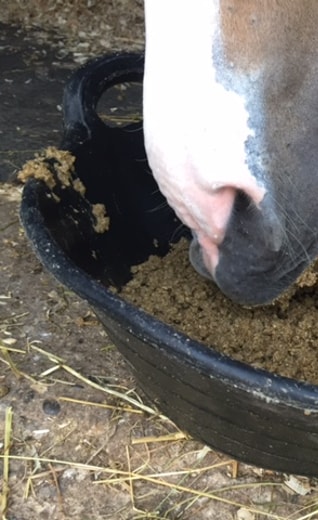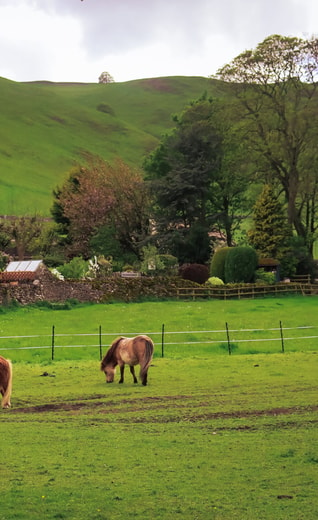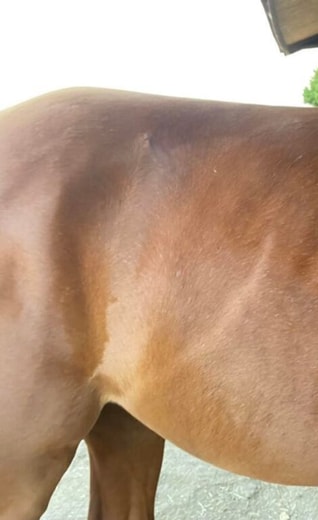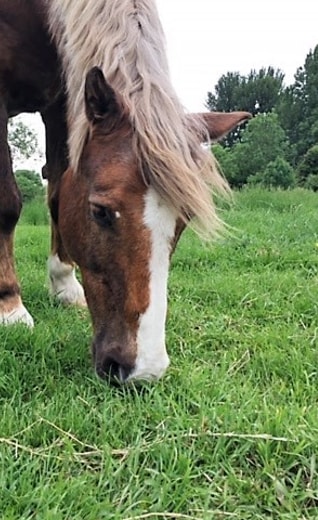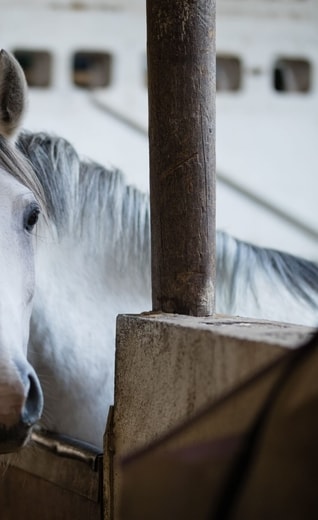
SPILLERS™ horse owner money saving tips
Published February 8, 2023Horse ownership is expensive, and with the rising cost of living we understand that owners are looking at ways to cut back on their bills. We’ve compiled some top tips to ensure your feed bucket is delivering value for money!
Don’t skimp on the forage
It’s the time of year when a number of owners are contacting our Care-Line looking for additional calories as there is so little value in the grass. Whilst it’s tempting to both increase feed and swap up to higher-calorie feeds, firstly always make sure you are providing ad lib good-quality forage. This may mean you will need to put hay/haylage out in the field at this time of year.
Not only is ad lib forage better for your horse’s digestive and psychological health, it’s the largest source of calories in any horse’s diet and it’s significantly more cost effective on a kilo for kilo basis than any hard feed will be.
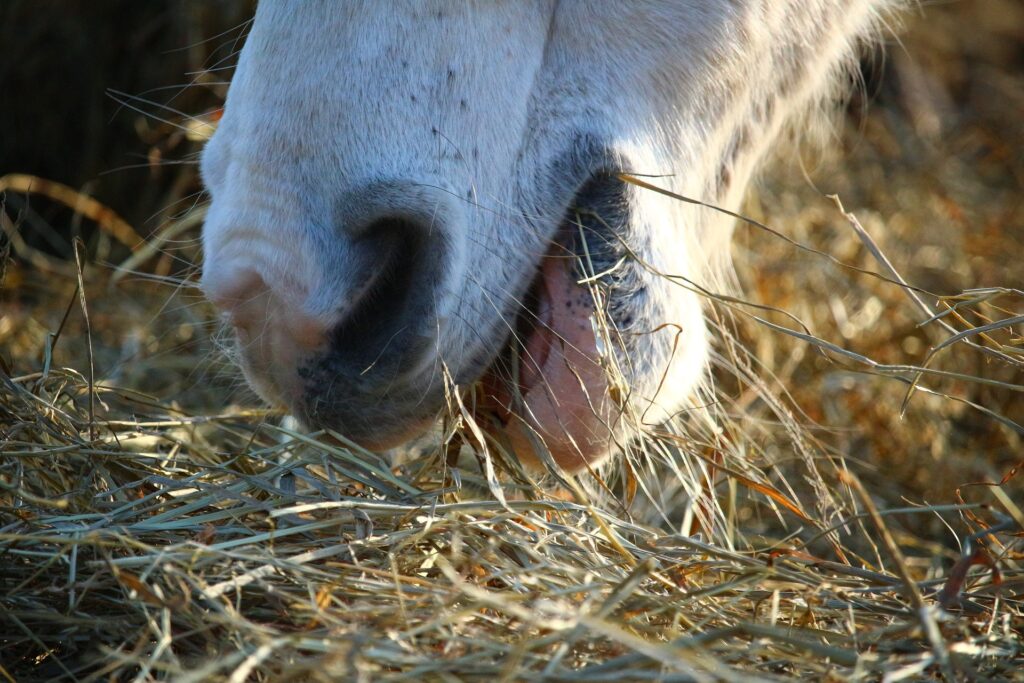
Consider straw
Whilst ad lib forage is ideal for those needing extra calories, we know that there are many horses and ponies that manage to live on fresh air! In the case of overweight horses and good doers consider if putting hay in the field is really necessary or whether there is sufficient grass coverage for them to meet their minimum fibre intake needs.
You can also consider replacing between 30-50% of your forage ration with quality straw. This is an excellent way of bulking out the forage ration, increasing fibre intake and chewing time whilst diluting the calories, remember summer bodies are made in winter!
Straw is also kinder on your pocket than hay/haylage.
Balanced diet
Whilst forage must make the foundation of any horse’s diet, it is unlikely to provide a balanced diet. When we are all looking to cut back on our feed bill it can be tempting to forgo the added vitamins and minerals and assume that they are getting what they need from the forage. This is very unlikely to be the case and whilst it might offer a short-term cost saving, you could end up paying for it later with poor hoof, coat and immune health which may result in additional and unnecessary farrier and vet’s bills.
For good-doers, SPILLERS™ Daily Balancer offers a very cost-effective feeding solution, working out at just 78p a day for a 500kg horse.
For horses that need additional calories to maintain their bodyweight, look for feeds which contain added vitamins and minerals as this saves having to add balancer or supplements on top. For example, a combination of SPILLERS™ Conditioning Fibre alongside SPILLERS™ Digest+ Conditioning Cubes will provide a balanced diet when fed at the full recommended ration. This works out at approx. £2.65 p/d for a 500kg horse.
Don’t over supply vitamins and minerals
On the other hand, it’s worth checking that you are not doubling-up. Whilst it’s unlikely you will be reaching near toxic levels over supplying vitamins and minerals is unnecessary for both your horse and your bank account.
For example, SPILLERS™ HAPPY HOOF™ contains vitamins and minerals but it will only provide a balanced diet when fed at the full recommended ration. As this ration is often too calorific for good doers, many owners feed this alongside a balancer such as SPILLERS™ Lite & Lean Balancer. Since the balancer is already providing all the vitamins and minerals they need, owners could consider moving to SPILLERS™ Fibre Lite Molasses Free instead. SPILLERS™ Fibre Lite Molasses Free is a low calorie, low sugar and starch chaff that doesn’t include added vitamins and minerals – perfect for feeding alongside balancers. You could make a saving of nearly a £1 a bag too, which we know isn’t a lot but ‘every little helps’.
Does your horse need chaff?
On that note, consider if your horse really needs chaff? We advocate it for a number of reasons; increasing fibre intake, extending chewing time which in turns produces more saliva to help neutralize stomach acid, forming a fibre mat to help prevent stomach splash, the list goes on!
However, if your horse is on an ad lib forage diet and gastric ulcers and/or bolting feed isn’t a concern, you could simply feed your balancer or compound feed alone. This is particularly true of our high-fibre feeds such as SPILLERS™ Senior Super-Mash which can even be used as a hay replacer!
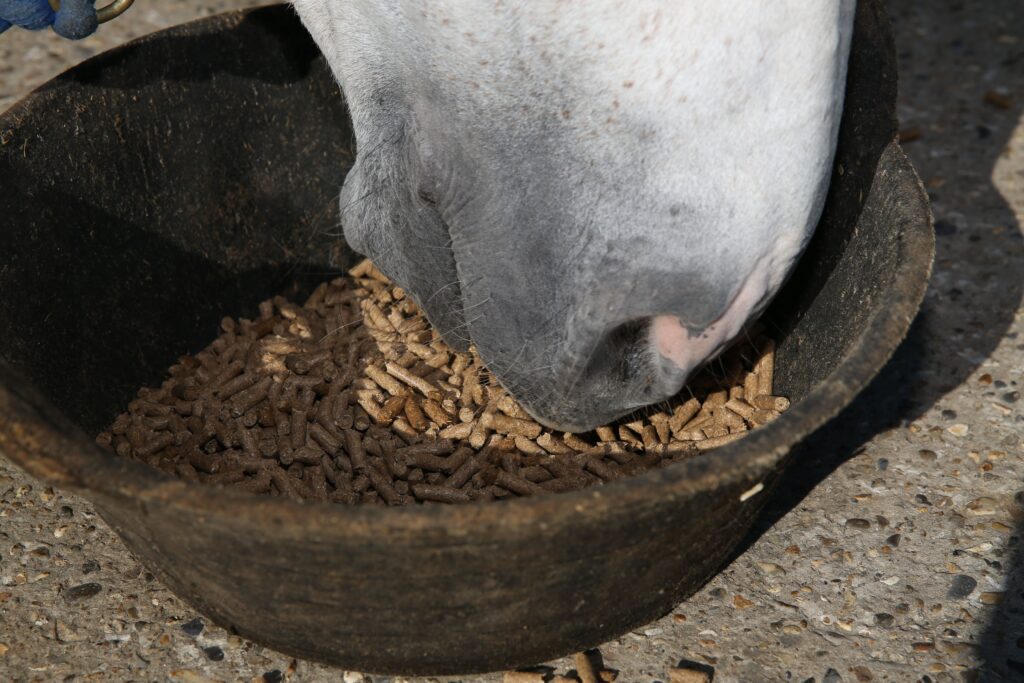
Take home messages
- Forage is more cost effective than hard feed so if your horse needs extra calories, increase the forage if you can before turning to the bucket.
- Straw is cheaper than hay/haylage so if you have a good doer consider replacing 30-50% of your forage ration with straw.
- A balanced diet is key to long term health. Ensure your horse is getting an adequate supply of vitamins and minerals.
- Make cost effective choices such as choosing feeds that already contain added vitamins and minerals if you are feeding poor doers. This saves on additional supplementation.
- Horses on ad lib forage may not need a chaff.
Formulating diets for your horse can be confusing, particularly if you’re mixing between brands which may have different feeding and inclusion rates of vitamins and minerals. Our friendly team of nutritionists are on hand to help with cost effective feeding solutions via 01908 226626 or fill in our online form here.
